Botanic Gorgeousness Journal Tea Wars
Over the last two months I have drawn a lot of plants.
As I’ve drawn I’ve also learnt things.
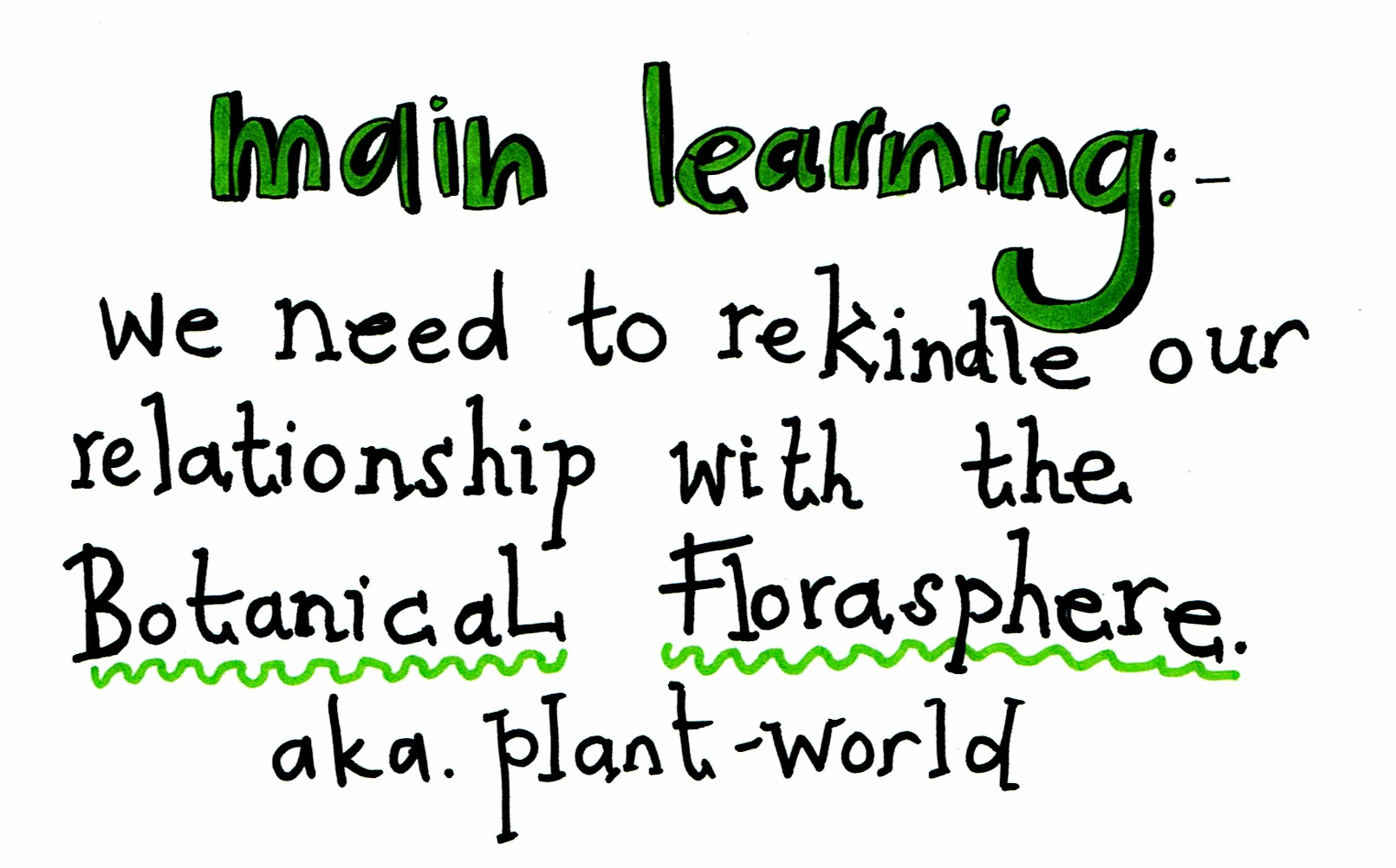
In all the hustle and hassle and chaos and business that makes up our lives, we overlook how plants coil their tendrils into our activities, bodies and brains.
We overlook the intricate relationship that humans have with the botanical world.
We’ve forgotten the deep wisdom.
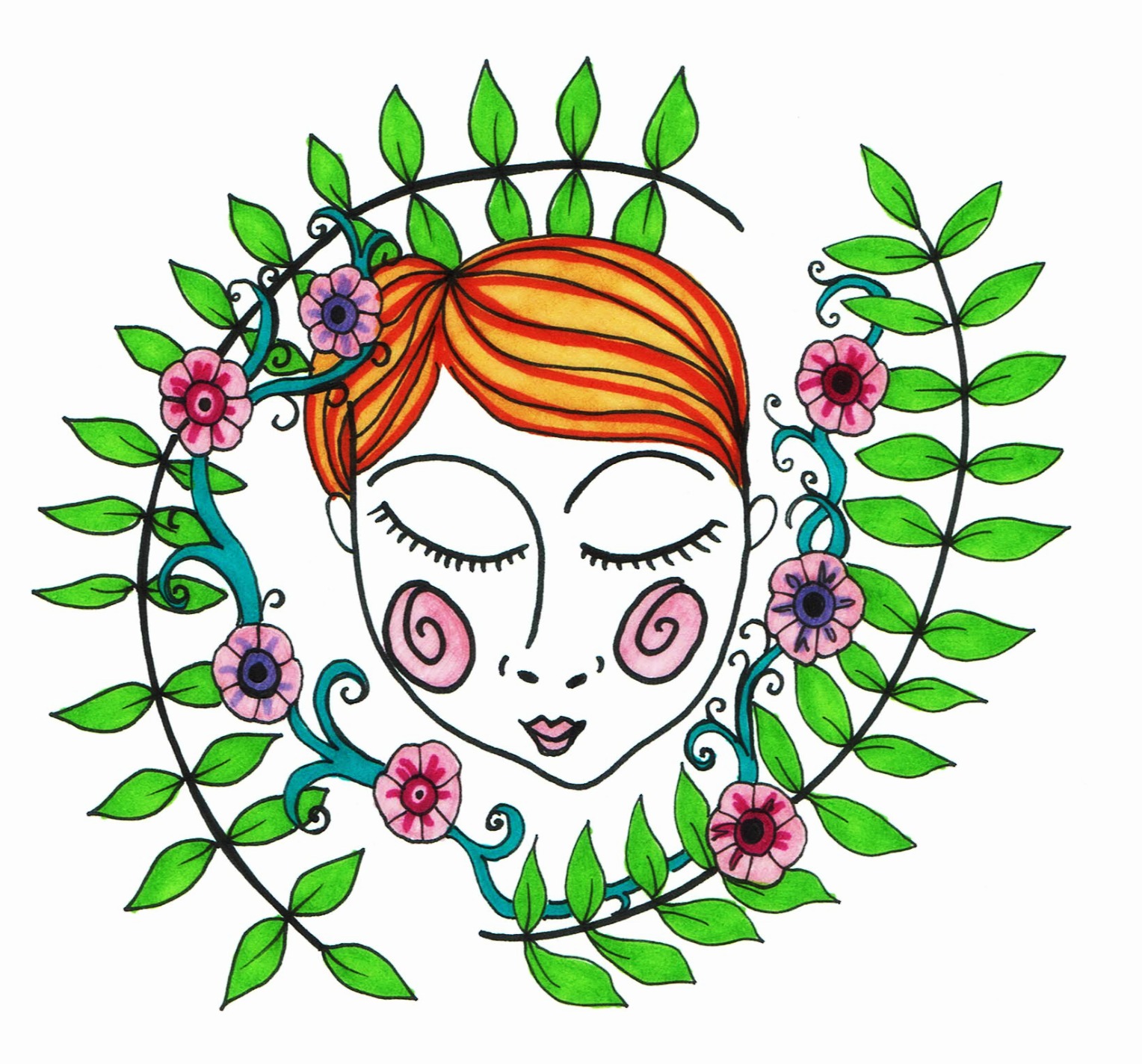
For example …
Did you know that the bottle brush – or Callistemon – was used by the Aborigine’s to create a sweet nectar drink?
Did you know that Sun Splurge (aka Euphornia) is a poison that can be used by salmon poachers to make fish easier to catch?
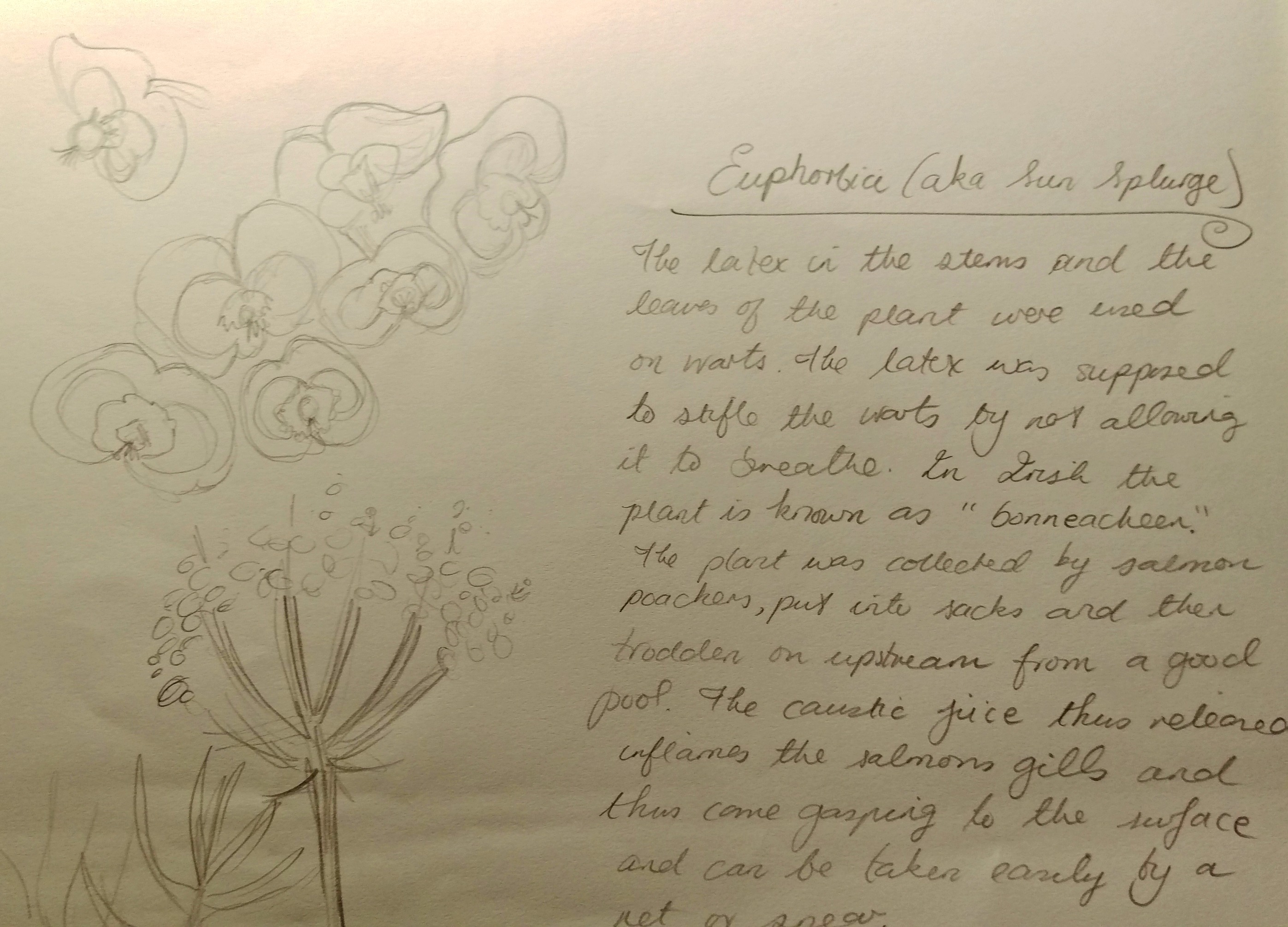
Or that in plant lore, Campsis was once used to cure stage fright and shyness?
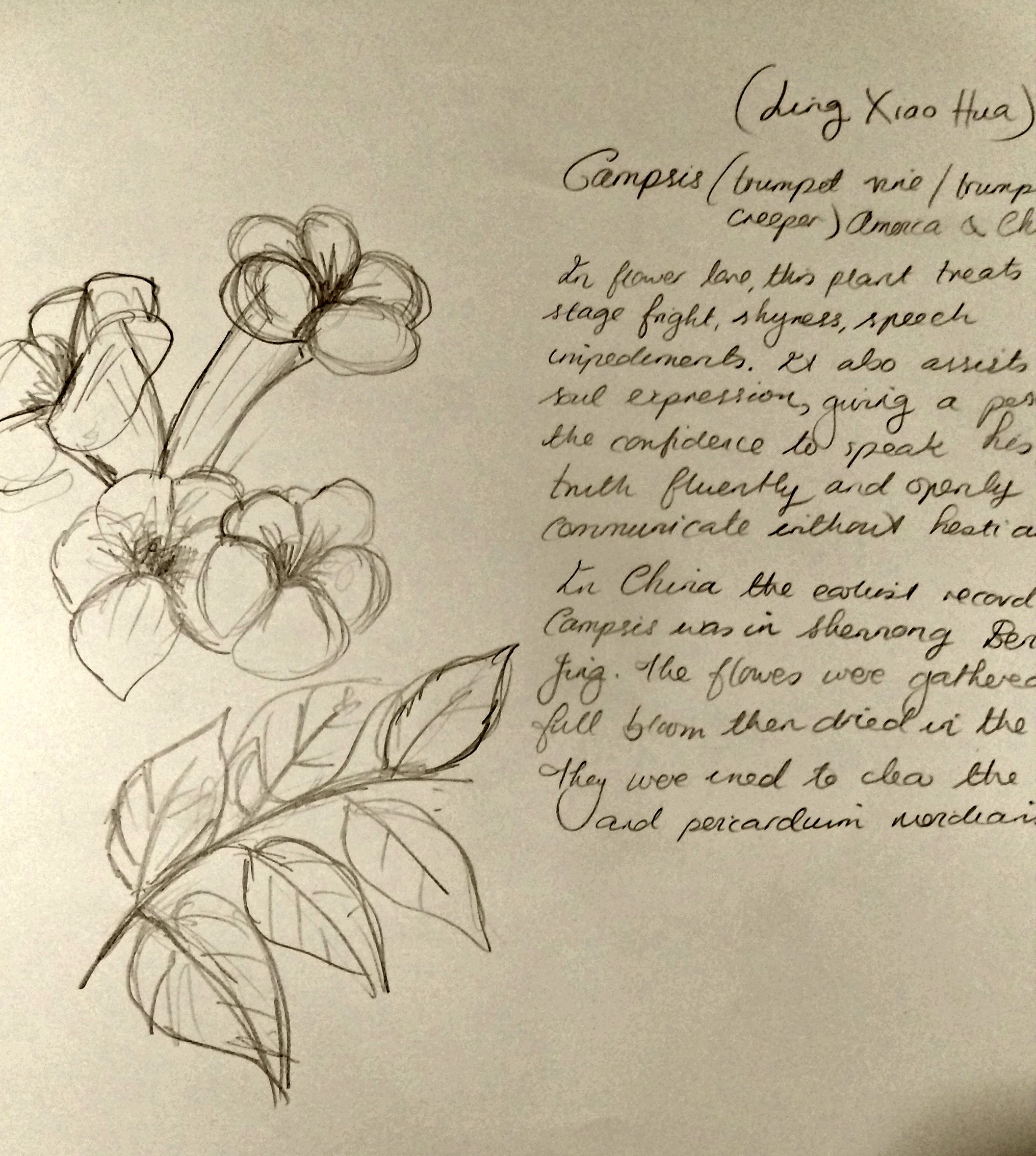
In times of old, knowledge of plants and how to use them allowed a community to wither, flourish or perish.
Plants were our friends. Our allies.
So, what changed?
With the spread of Christianity, the burning of wise women, herbalists and midwives, ancient knowledge of how to work in harmony with the natural world was systematically destroyed. Since that time, and with the coming of the industrial revolution, medicinal knowledge of the botanical world has been lost or painted as trivial and a bit woo woo.
Communities placed governance of their souls into the hands of the church and governance of their bodies into the hands of chemists.
Nowadays, the church has been replaced by the consumerist ethos of materialism and the chemists have grown into Pharmaceutical Giants.
By overlooking the natural world, we’ve naively placed our allies into the hands of giants and now we’re so used to this set-up, we barely acknowledge the weed growing through the crack in the concrete (unless we’re simultaneously reaching for the Round Up).
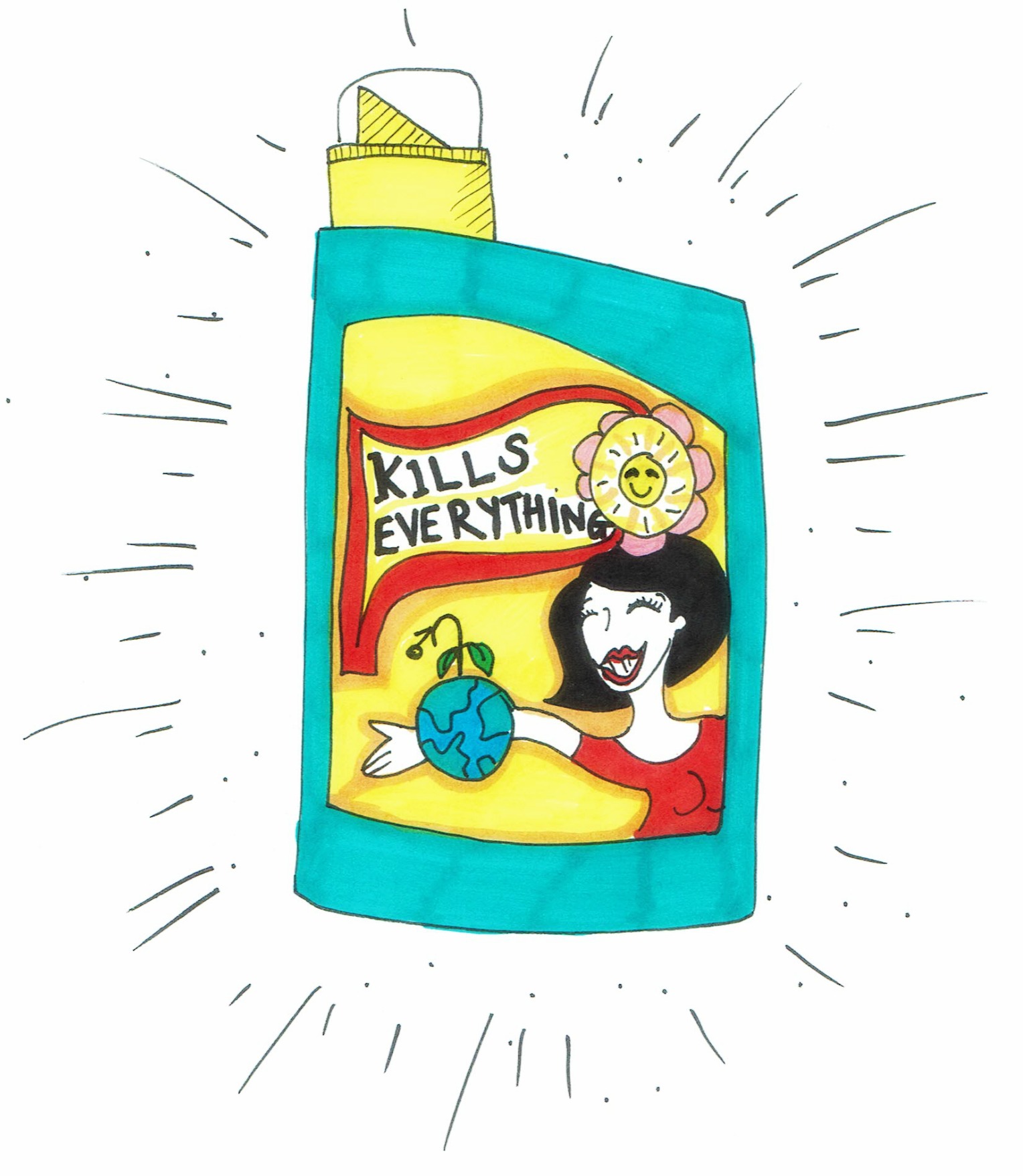
Yet despite our cultural amnesia around the natural world, certain plants still dominate our days.
Take tea.
As Brits, we consume 165 million cups of tea DAILY.
For 350 odd years tea has structured our days, SAVED the day; it’s offered comfort and clarity, connection and conversation.
Tea swirls around the blood stream of embryos, swishes down the hatchet of people on their death beds.
Tea has embedded itself into our rituals and ceremonies and every day traditions.
We are so addicted to tea that we don’t even realise we are – as a nation – addicted.
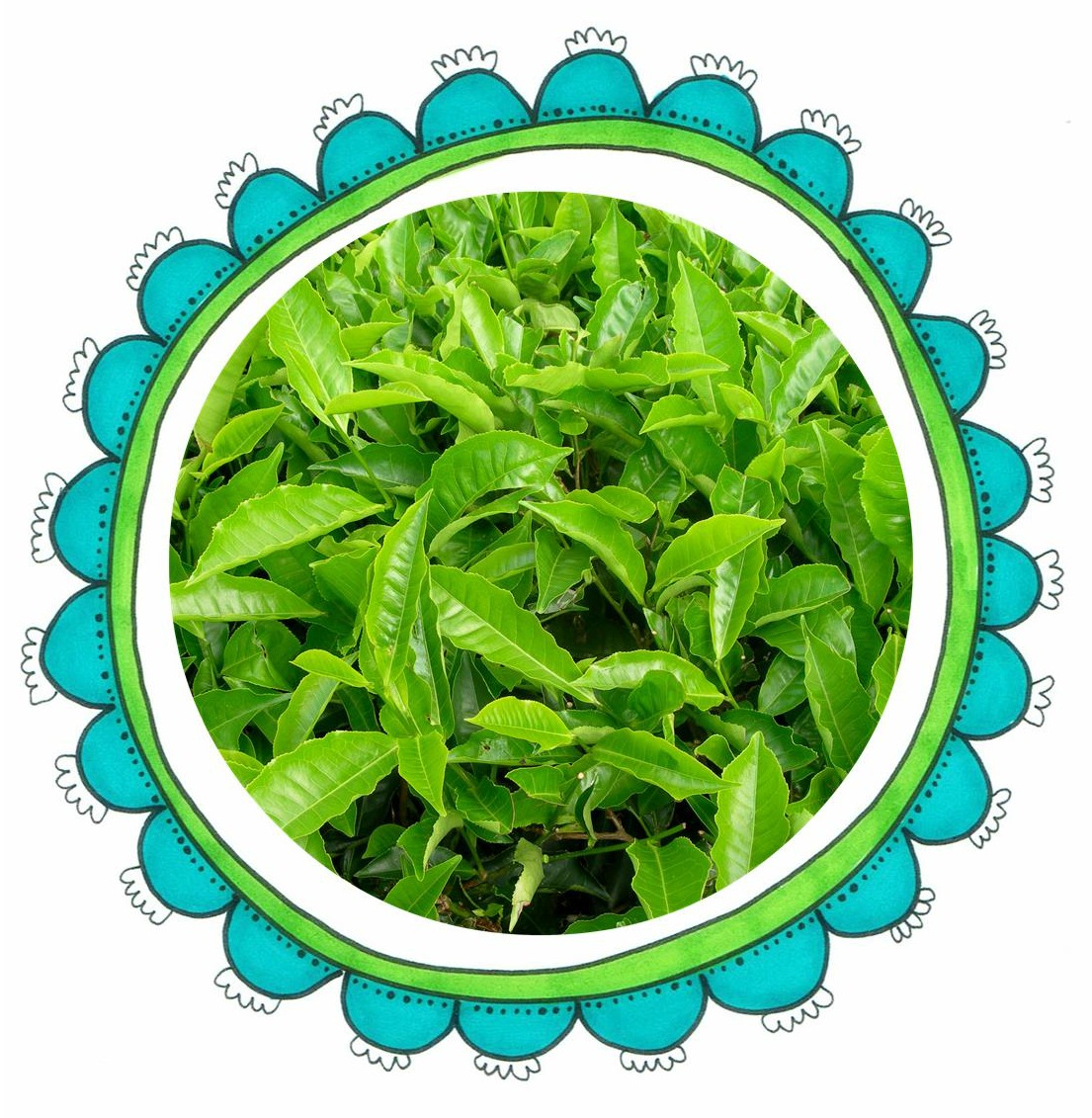
From the beginning, tea was believed to refresh the spirit, alleviate tiredness, fight off depression and illness, and boost energy.
When it was introduced to Japan, tea was exalted for its spiritual qualities and extravagant, intricate tea ceremonies grew around it.
The plant became popular in the UK during the mid 1600s when Princess Catherine of Braganza (Portugal) married Charles II. Tea, which had already spread through Europe, was Catherine’s beverage of choice and through her gained social acceptance in high society. The East India Company made their first order of tea in 1669 and over the next century, tea and the British nation fell in love.
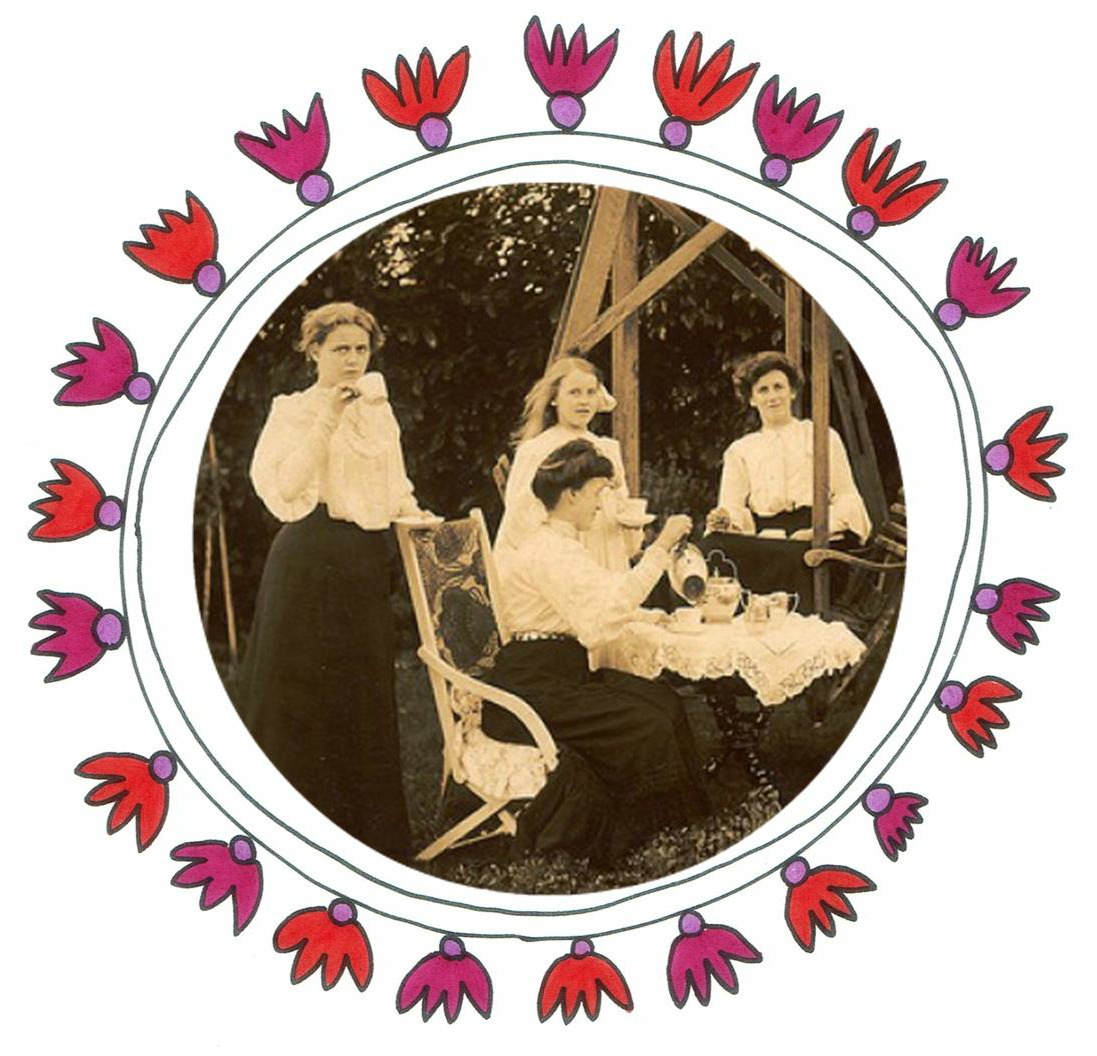
Britain’s emerging tea habit meant that the demand for tea increased.
China had the tea leaves, the tea secrets and the tea history.
They also had strict rules regarding trade with Europeans, meaning that traders were confined to certain ports and were not allowed access in China’s interior.
The East India Company were in a weaker position than most other traders as the British had few goods to trade with the Chinese in exchange for silk and their beloved tea leaves.
So instead they did something decidedly below the belt.
Auctioning another plant that twists its way through human history – the poppy – the East India Company exchanged opium for silver to foreign traders.
This opium was then transported to the Chinese coast and sold to local middlemen who retailed the drug inside China, resulting in mass heroin addiction. In 1839 the alarmed Daoguang Emperor made this opium trade illegal, only to have the British government use its naval and gunnery power to take down his men and forcing the opening of more trading ports.
This was known as the first Opium War – a massive, systematic drug pushing operation carried out by the British East India Company.
For tea.
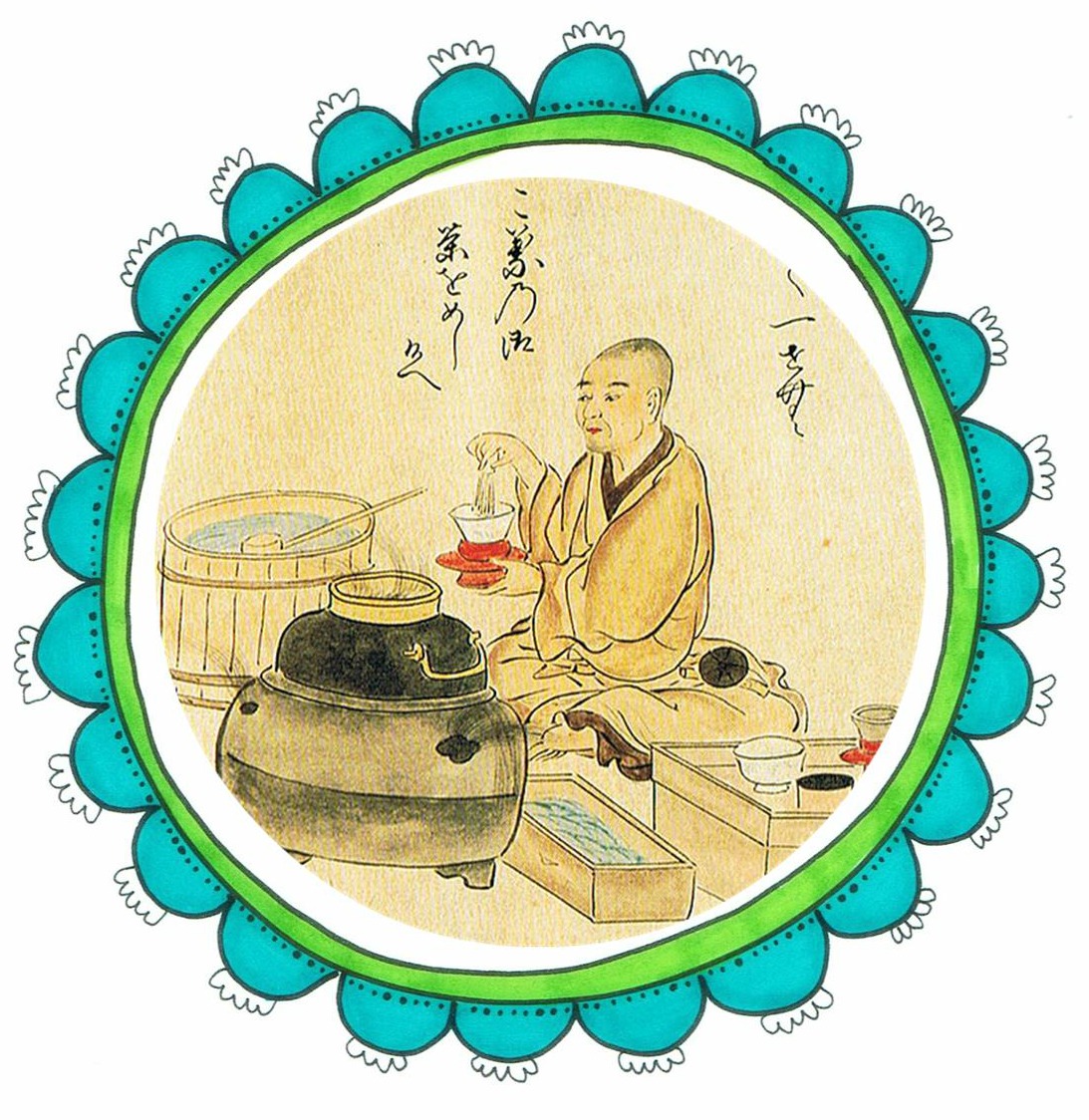
Had it not been for my stumbling upon the plant hunter, Robert Fortune (who features in my upcoming adult colouring book) I’d never have known the story that swirls and spirals beneath common household tea.
And in learning of the deadly, addiction darkened path that Love-Of-Tea has left in its wake, my thoughts turned to tobacco.
Tobacco, like tea, had a sacred purpose for the tribes that used it.
Tobacco, like tea, was used for prayer, to show respect, to heal, and give spiritual protection.
Tobacco, like tea, was never meant to be abused, yet when the Europeans got hold of it, that’s exactly what occurred.
Tobacco abuse (thoughtlessly, addictively chain smoking) was frowned upon by the Algonquian tribes of Canada as it was widely believed that “if one so abuses the plant, it will abuse that person in return, causing sickness. “
Tobacco is a plant.
So is tea.
So is opium.
Simply because we have lost our knowledge of the powers of the botanical world, it doesn’t mean that the botanical world of plants has lost its power over us.
And that’s I want to show you this learning again …

Are you a tea/caffeine abuser?
I dare you to spend 21 days free from tea and coffee.
Experience what withdrawing from this plant substance feels like.
Reflect on how you use tea to self medicate around tiredness, tough emotions, or as a tool to structure your day.
After 21 days start drinking tea again and experience the shift in your mental state that occurs.
I’d love to hear how your relationship with tea changes!
Love Bethan




